After several tries, I finally could obtained a unique figure with several normal distributions. In those distributions, the 1sd was also drawn as vertical rectangles. The code I used is this one:
x1<-50:200
a1<-dnorm(x1,134,20)
b1<-dnorm(x1,130,14)
c1<-dnorm(x1,132,12)
d1<-dnorm(x1,105,10)
scale<-range(pretty(range(a1,b1,c1,d1)))
remap<-function(x, to, from=range(x)) {
(x-from[1]) / (from[2]-from[1]) * (to[2]-to[1]) + to[1]
}
plot(NA, NA, xaxt="n", yaxt="n", type="n", xlim=scale, ylim=scale, xlab="Variable X", ylab="")
rect(remap(134-20, scale, range(x1)), scale[1],
remap(134+20, scale, range(x1)), scale[2], col="#ff606025")
rect(remap(130-14, scale, range(x1)), scale[1],
remap(130+14, scale, range(x1)), scale[2], col="#005ccd40")
rect(remap(132-12, scale, range(x1)), scale[1],
remap(132+12, scale, range(x1)), scale[2], col="#005ccd40")
rect(remap(105-10, scale, range(x1)), scale[1],
remap(105+10, scale, range(x1)), scale[2], col="#005ccd40")
#R1429
rect(remap(183, scale, range(x1)), scale[1],
remap(183, scale, range(x1)), scale[2], col="darkblue", lwd=3,lty=3)
lines(remap(x1,scale), a1, col="#ff6060", lwd=3)
lines(remap(x1,scale), b1, col="#005ccd", lwd=3, lty=3)
lines(remap(x1,scale), c1, col="#005ccd", lwd=3)
lines(remap(x1,scale), d1, col="#005ccd", lwd=3,lty=3)
axis(2);
axis(1, at=remap(pretty(x1), scale), pretty(x1))
I got the next figure after running the code:

But my question is: how can I color only the area below each normal distribution, instead of doing vertical rectangles?
It would be much easier to interpret.
Thanks in advance!






